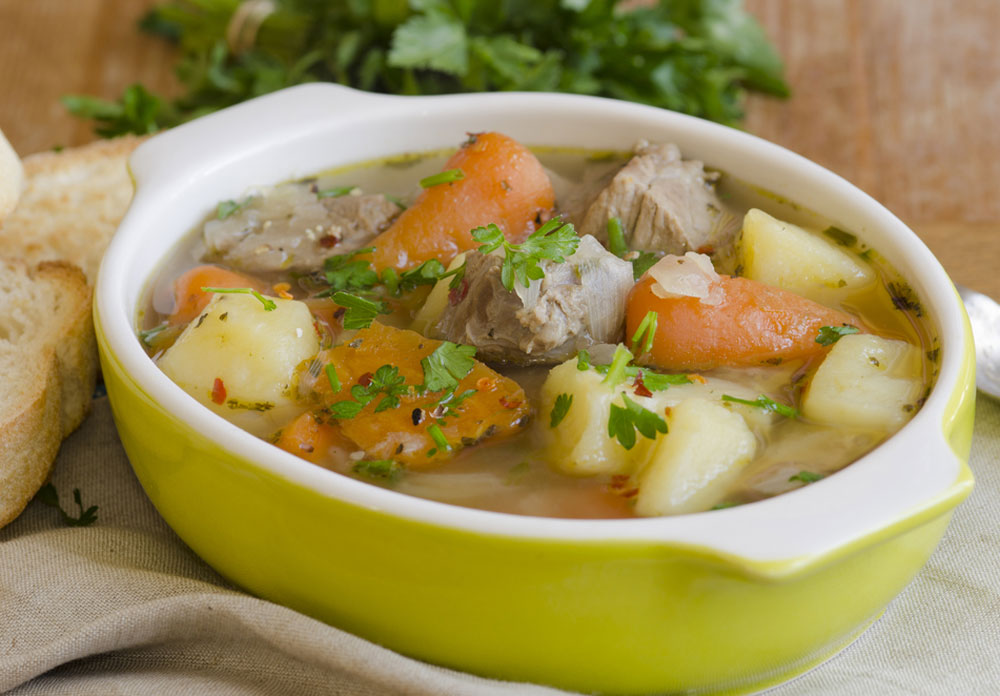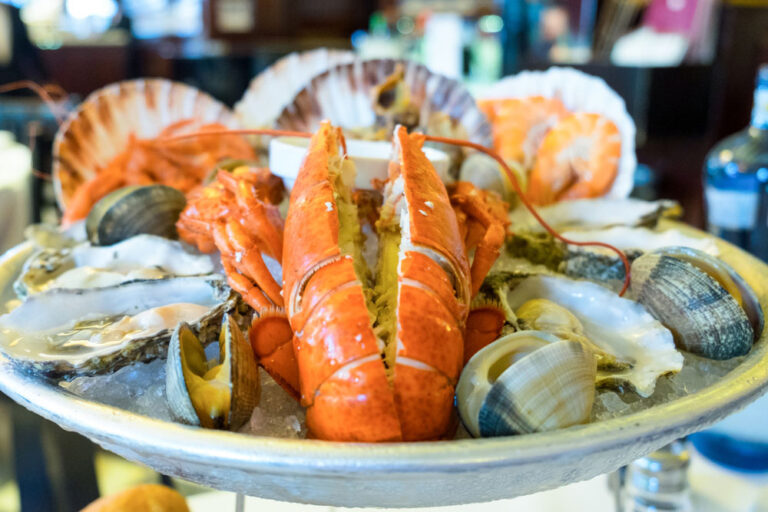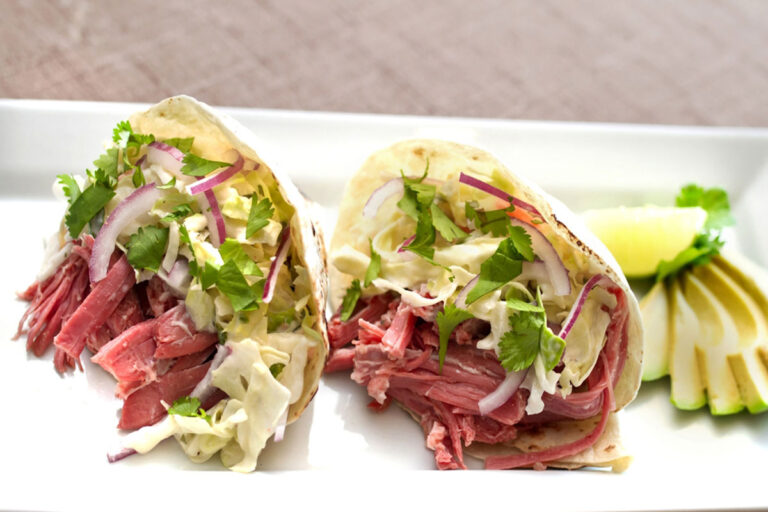The Impact of Irish Immigration on Global Food Culture
Food has always been an important part of forming cultural identity, and Irish cuisine is no different. Irish immigration has carried the influence of Irish cuisine culture far and wide throughout history, having a lasting mark on the culinary traditions of numerous countries throughout the world. Irish food has been known and cherished in many foreign groups, from hearty stews and warm bread to tasty dairy products and spirits.
Irish immigration has happened in waves over centuries, fueled by circumstances such as political turmoil, economic opportunities, and the mid-nineteenth-century Great Famine. Each wave of Irish migration carried a rich gastronomic tradition with them, which influenced the eating habits and food culture of the new areas where they lived. Let’s go on a gastronomic adventure to learn about the far-reaching influence of Irish immigration on food culture around the world.
The history of Irish cuisine is inextricably linked to the island’s agricultural practices and natural resources. Fertile land, rich marine, and livestock rearing have produced the traditional Irish diet, which is distinguished by basic but satisfying components. The culinary tradition of Ireland is founded in its agricultural heritage, from the humble potato, which became a major crop in Ireland, to the famed Irish cattle and dairy products, such as butter and cheese.
As Irish immigrants settled over the world, they brought not only their recipes and cooking techniques, but also a great appreciation for fine ingredients and substantial, warm meals. The different cuisines of North America, Australia, New Zealand, and numerous European countries reflect the influence of Irish immigrants. Irish food has left an unmistakable influence on worldwide food culture, whether through adaptation of traditional Irish dishes or fusion of Irish flavors with local ingredients.
North American Irish Cuisine
Irish immigration to North America, particularly in the United States and Canada, has had a significant impact on the region’s cuisine culture. Irish immigrants brought their culinary traditions with them and adapted them to the local materials available in their new homeland, from the first waves of Irish settlers to the enormous inflow during the Great Famine. Let’s look at how Irish cuisine has affected North American cuisine.
Corned beef and cabbage is a traditional Irish meal that has acquired appeal in North America. While this dish is frequently linked with St. Patrick’s Day celebrations, it has its origins in the Irish-American community. Bacon was usually eaten with cabbage in Ireland, but when Irish immigrants arrived in America, they discovered that beef was more economical and widely accessible. As a result, corned beef, a salt-cured and brined beef brisket, came to be substituted for bacon. Today, corned beef and cabbage is a popular dish not only on St. Patrick’s Day, but all year.
Another cornerstone of Irish-American cuisine is Irish soda bread. Because of its simplicity and ease of preparation, this traditional bread made with flour, baking soda, salt, and buttermilk became popular among Irish emigrants. Variations of Irish soda bread can be found in North America, with added ingredients such as raisins or caraway seeds. It’s a popular addition to soups, stews, and breakfast spreads.
The influence of Irish immigration can also be seen in the beverage industry. Irish whiskey has established a considerable presence in the global spirits sector. Irish distillers’ experience and expertise, as well as the quality of Irish whiskey, have made it a popular choice for whiskey fans. Aside from whiskey, Irish pubs and bars have become identified with a warm and inviting ambiance, often selling a broad variety of beers, including traditional Irish stouts such as Guinness.
Aside from specific foods and drinks, Irish immigrants have contributed to North America’s general culinary environment by instilling their values of hearty, home-cooked meals produced with fresh ingredients. Irish culinary traditions can be traced back to the emphasis on farm-to-table cooking and appreciation for locally sourced food and meats.
In the United States, cities with significant Irish-American populations, such as Boston, New York, and Chicago, have fostered the growth of Irish cuisine. Irish pubs and restaurants can be found in these cities, serving traditional Irish fare alongside Irish-inspired dishes with a modern twist. These establishments not only offer a taste of Ireland but also serve as gathering places for communities to celebrate their heritage.
Traditional Irish recipes such as Irish stew and colcannon (mashed potatoes with cabbage or kale) have become popular in Canada, particularly in places such as Newfoundland and Labrador, which had a significant inflow of Irish immigrants. These meals showcase the fusion of Irish and Canadian ingredients and cooking skills, resulting in distinct regional variants.
The impact of Irish immigrants on North American gastronomic culture cannot be overstated. Irish culinary traditions have found a home in the hearts and taste buds of people across the continent, from the adaption of traditional meals to the founding of Irish-inspired cafes.

The Irish in Australia and New Zealand
The waves of Irish immigrants that arrived in Australia and New Zealand during the nineteenth and early twentieth centuries left an indelible mark on these countries’ gastronomic cultures. Irish emigrants brought their culinary traditions with them, adjusting them to local products and resulting in a fusion of Irish and Australian or New Zealand cuisines.
The Irish played a vital impact in shaping Australia’s culinary scene. Irish immigrants, particularly those who moved in rural areas, contributed to the agricultural industry’s expansion by bringing their knowledge in farming and agricultural methods. The lush soils of Australia allowed Irish emigrants to continue their farming traditions, planting crops such as potatoes, oats, and barley, which became the foundation of many Irish cuisine.
The classic Irish stew is one of Australia’s most enduring Irish-inspired cuisines. Due to the availability of local ingredients, this substantial and soothing stew, traditionally cooked with lamb or mutton, potatoes, onions, and carrots, became a mainstay among Irish settlers. Variations of Irish stew evolved over time, using Australian components such as kangaroo or beef. Irish stew is frequently served alongside a pint of beer in Australian pub culture, which is influenced by Irish traditions.
Another Irish impact on Australian food is found in baked goods. With its simplicity and adaptability, the Irish tradition of soda bread made its way to Australia. Irish settlers altered the recipe and produced their own variants using locally available ingredients. Nowadays, you can obtain Australian soda bread produced with wholemeal flour or with indigenous ingredients such as wattleseed or macadamia nuts.
Irish immigrants had an indelible mark on New Zealand’s cuisine culture as well. The Irish settlers carried their love of dairy farming and cheesemaking with them. They were essential in the growth of New Zealand’s dairy sector, which eventually became a pillar of the country’s economy. Cheddar cheese, in particular, became a household favorite in New Zealand, and its manufacturing flourished thanks to the influence of Irish cheesemakers.
Aside from cheese, Irish immigrants in New Zealand established the practice of afternoon tea. Tea became a common beverage in New Zealand homes, frequently served with scones, cakes, and cookies. The Irish influence is visible in hearty and flavorful baking, such as rich fruitcakes or buttery shortbread.
Irish pubs, known for their convivial atmosphere, also found their place in Australian and New Zealand cities. These establishments provided a sense of community and served as gathering places for Irish immigrants to socialize and celebrate their culture. Today, Irish pubs continue to thrive, offering a taste of Ireland through traditional Irish dishes, live music, and a wide selection of beers and whiskies.
The impact of Irish immigration on Australian and New Zealand cuisine cultures demonstrates the endurance and adaptability of Irish culinary traditions. The combination of Irish flavors with local products has resulted in these countries’ distinct and colorful culinary landscapes.
Culinary Traditions of Ireland throughout Europe and Beyond
Irish immigration has had an impact on gastronomic culture that reaches beyond North America, Australia, and New Zealand. Irish culinary traditions have also left their imprint on other European countries and around the world.
Ireland’s flavors and foods have found their way into the culinary landscape of Europe. Irish cuisine has affected local culinary traditions in countries with historical ties to Ireland, such as England, Scotland, and Wales. Irish stew or coddle (a Dublin specialty prepared with sausages, bacon, and potatoes) has found resonance in these surrounding nations, where similar meals are appreciated. Irish soda bread and Irish butter are also popular in the United Kingdom, demonstrating the importance of high-quality bread and dairy products in Irish cuisine.
Furthermore, due to the worldwide popularity of Irish whiskey, Irish food has earned global reputation. Irish whiskey producers have broadened their reach, exporting to a variety of countries. Irish whiskey’s distinct traits, such as its smoothness and triple distillation process, have made it a popular option among whiskey fans worldwide.
Outside of Europe, Irish cuisine has earned a name for itself in nations with a large Irish diaspora, such as Argentina, where Irish immigrants landed and brought their culinary traditions with them. Irish characteristics can be found in meals such as beef and Guinness stew in Argentina, illustrating the fusion of Irish and Argentine components.
There has been a renaissance of interest in traditional Irish food in recent years, with an emphasis on restoring ancient recipes and using locally available ingredients. The farm-to-table movement and its emphasis on sustainable and seasonal ingredients are consistent with Irish cooking ideas. Chefs and home cooks alike are experimenting with traditional Irish ingredients like seaweed, black pudding, and smoked salmon to produce unique and contemporary recipes that capture the essence of Irish food culture.
The global impact of Irish immigration on food culture attests to the ongoing heritage of Irish culinary traditions. The flavors and customs of Ireland have been welcomed and adapted by people all over the world, from the comfort of Irish stews and soda bread to the convivial ambiance of Irish pubs.
As we complete our examination of the impact of Irish immigration on food culture, we acknowledge the important contributions made by Irish immigrants, not just in altering the culinary landscape, but also in promoting a feeling of community and maintaining cultural history through food. We ensure that the rich tapestry of Irish food culture continues to thrive for future generations by commemorating and sharing these culinary traditions. Sláinte!







